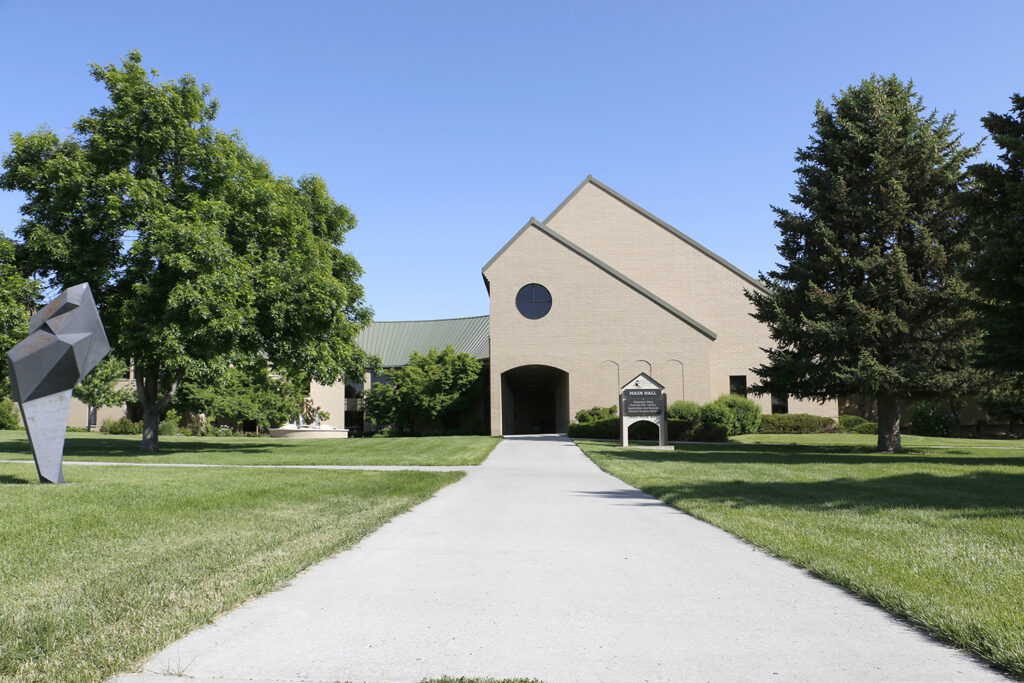Home / News / Past News / Spring 2017 / GUNS ON WYOMING CAMPUSES: WORTH THE RISK?
GUNS ON WYOMING CAMPUSES: WORTH THE RISK?
Home / News / Past News / Spring 2017 / GUNS ON WYOMING CAMPUSES: WORTH THE RISK?
GUNS ON WYOMING CAMPUSES: WORTH THE RISK?

Proponents of legislation currently making its way through the Legislature believe that allowing concealed firearms on campus will make our campuses safer and suggest that past acts of violence could have been minimized or avoided entirely, had concealed carry been allowed. Opponents of the legislation argue that more firearms on campus will result in more injuries and fatalities.
Because the free and vigorous exchange of ideas in an environment of civil discourse is a cornerstone of college and university life, we have followed this debate with interest. Unfortunately, so far the debate has not been illuminated by valid research, in part because carrying firearms on college campuses is relatively new and in part because the research is not readily available. As a result, we, like all Wyoming citizens, have been asked to rely on anecdote, speculation, and hypothesis, often highly emotional, as we weigh a decision that may have far-reaching impacts on campus safety.
There is, however, a growing body of research backing the notion that allowing concealed carry of firearms on college and university campuses is not the answer. Some examples:
Many other concerns are emerging as valid in the research. These range from impacts on free speech in classrooms or on campus when guns are present, to the ability to recruit and retain faculty and staff, to significant cost increases for insurance and damages from lawsuits resulting from incidents of guns on college campuses.
For all of the reasons stated above, the belief that these decisions should be left to local control, and the conviction that there are numerous other approaches to ensuring or increasing safety on our college and university campuses that should be considered first, we collectively stand in opposition to HB136.
Submitted by Drs. Laurie Nichols (President, UW), Paul Young (President, Northern Wyoming Community College District), Karla Leach (President, Western Wyoming Community College), Rick Patterson (President, Eastern Wyoming College), Stefani Hicswa (President, Northwest College), Brad Tyndall (President, Central Wyoming College), and Joe Schaffer (President, Laramie County Community College).
2660 Peck Avenue
Riverton, WY 82501
(307) 855 – 2000
Campus Map
120 Enterprise Blvd.
Lander, WY 82520
(307) 332 – 3394
Campus Map
240 S. Glenwood St #124
P.O. Box 4795
Jackson, WY 83001
(307) 733 – 7425
Campus Map
302 W. Ramshorn
P.O. Box 175
Dubois, WY 82513
(307) 455 – 2625
Campus Map
© 2024 Central Wyoming College – All Rights Reserved